Smithsonian exhibition ‘Futures' explores ‘mind-expanding possibilities’
‘Futures', the new exhibition at the Smithsonian-owned Arts + Industries Building in Washington, DC, explores opinions, possibilities, and opportunities
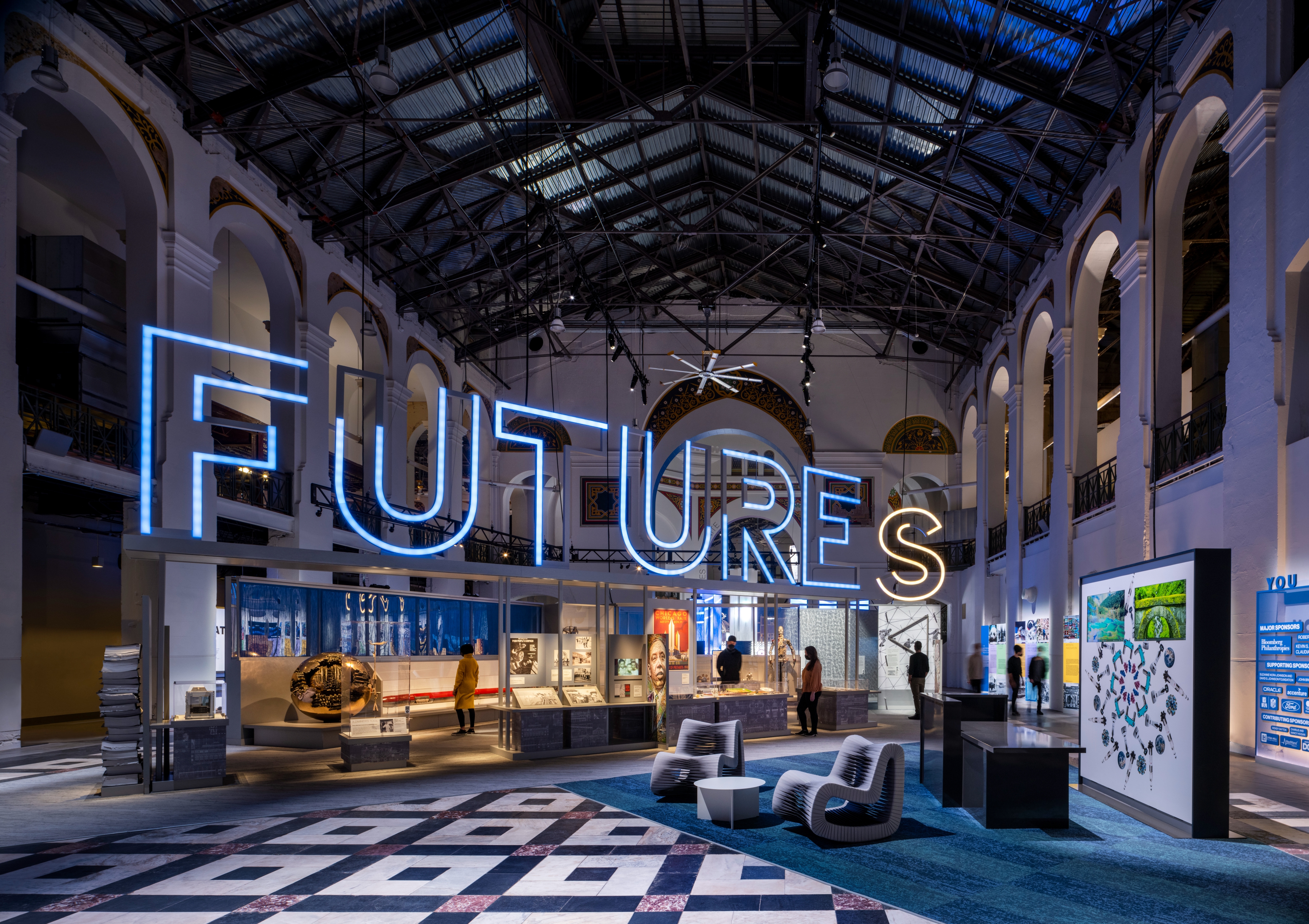
Ron Blunt - Photography
‘This is the last untapped public space on the national mall, which is where we collectively as a country decide to tell the stories that are important to us,' says Rachel Goslins, director of the Smithsonian-owned Arts + Industries Building, in Washington, DC, currently open for the first time in decades and soon to undergo a major renovation and permanent reopening.
She’s standing next to an interactive sculpture by Suchi Reddy of Reddymade Architecture and Design, called me + you, which transforms spoken language into a colour and light show that spreads along the installation’s LED elements. And she’s describing the impetus behind the recent opening of the show ‘Futures', featuring a collection of objects, artwork, ideas, and historical moments that begin to articulate collective opinions, possibilities, and opportunities.
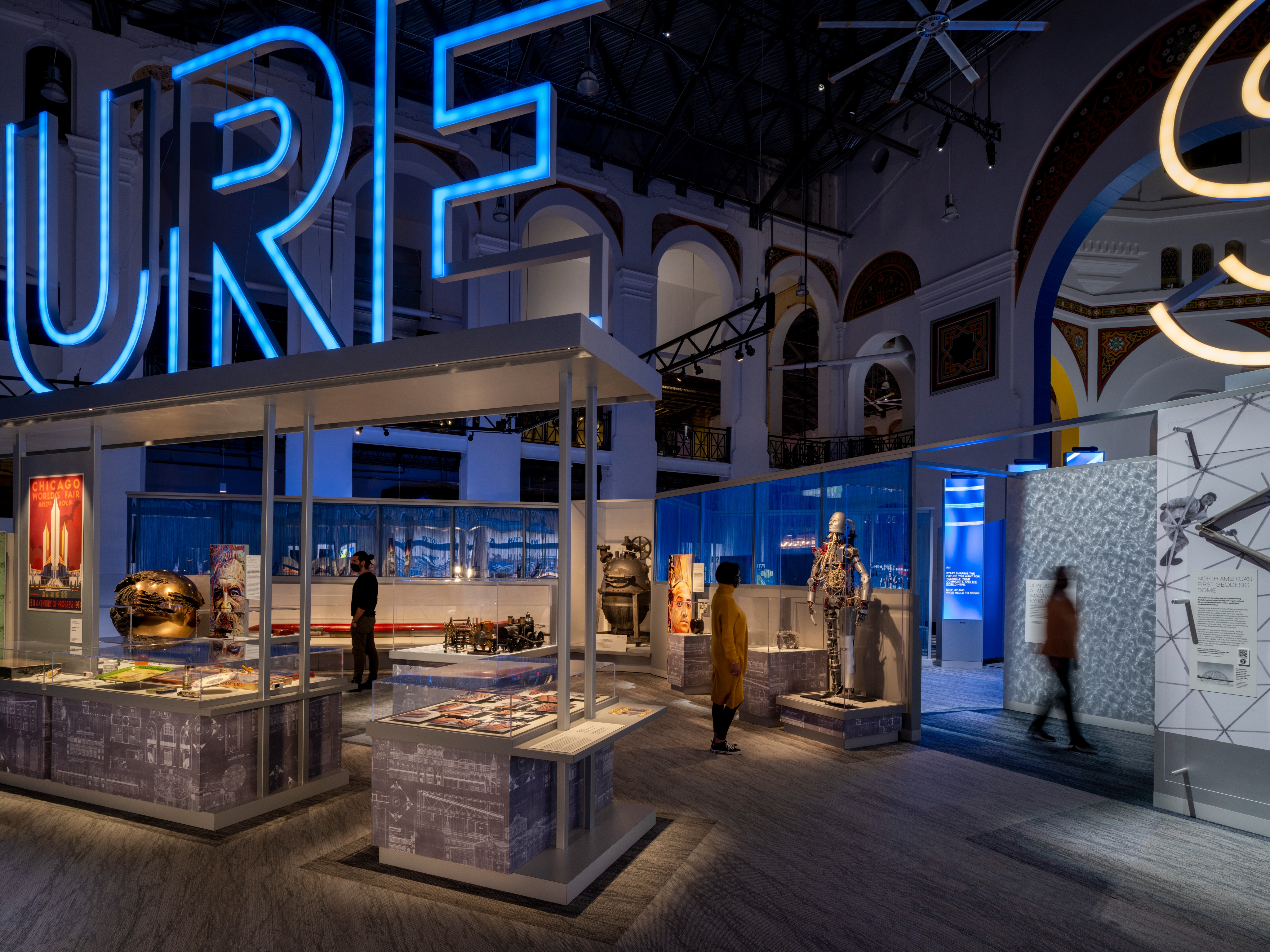
The show is part of the Smithsonian’s institution-wide 175th anniversary celebrations, and part of a longstanding effort to begin to find a permanent use for this cross-shaped structure. For the next year, four halls will exhibit pieces such as Australian artist Tega Brain’s Coin-Operated Wetland, which links working washing machines to a micro-ecosystem; an Isamu Noguchi-designed baby monitor made out of Bakelite (and installed next to a 1909 Bakelizer that produced the world’s first synthetic plastic); an AI-powered algae farm developed by Hypergiant Industries; and a genderless virtual voice called Q, produced by Copenhagen Pride, Equal AI, Koalition, Interactive, and Thirty Sounds Good.
What links the disparate projects together is an open attitude of ‘multiplicity', as curator-at-large Glenn Adamson says, woven together in sensitively rendered and ultimately optimistic exhibition design undertaken by David Rockwell and his firm Rockwell Group. ‘How do you take a set of values and ideas, respect the landmark status of the building, and start to create a language that would be a great armature for all these pieces?' Rockwell asks.
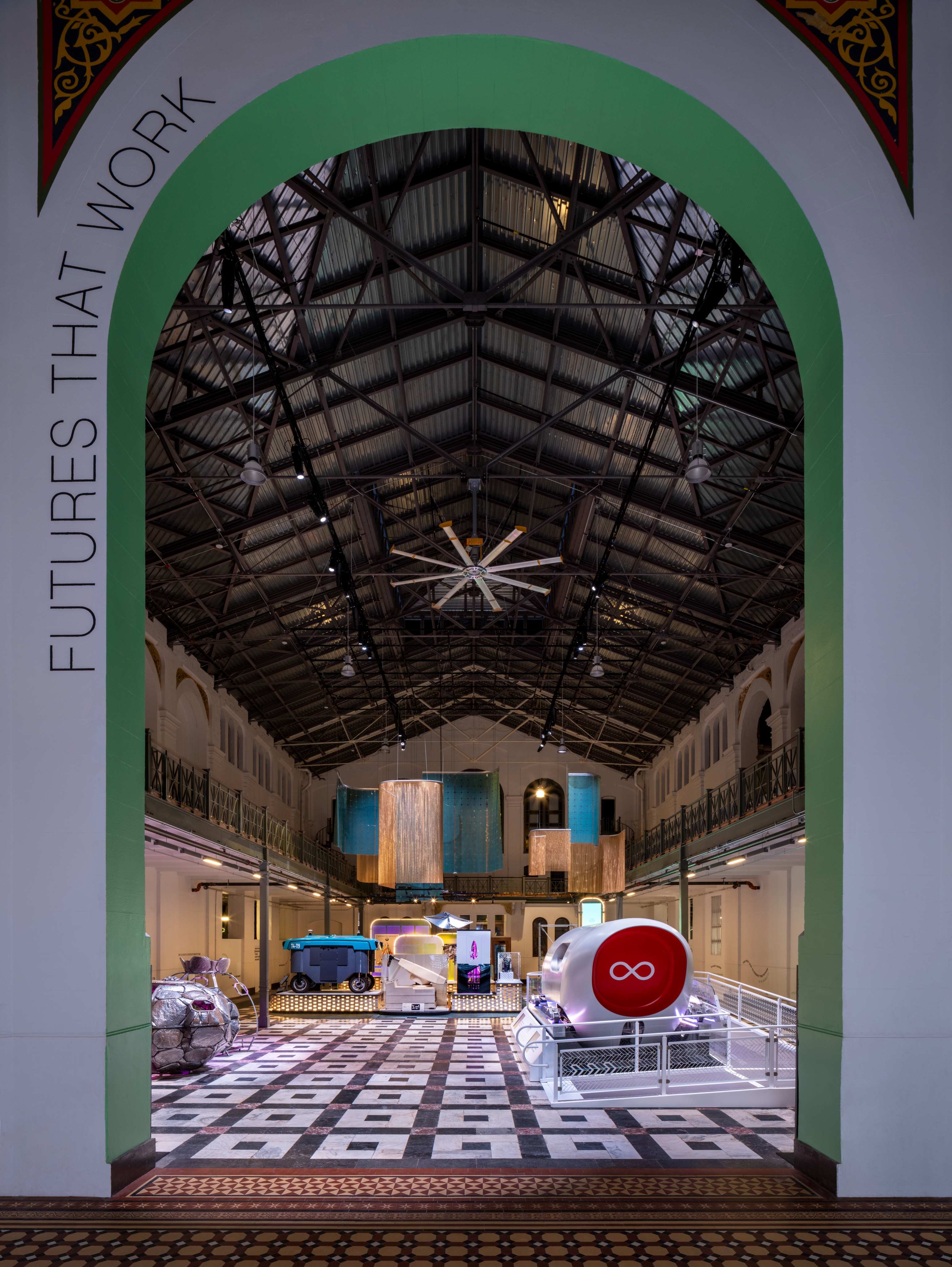
The answer is in a cohesive visual approach that marries Rockwell’s theatre-inflected approach to design, where pockets of intimacy and interactivity lead visitors through the halls and their four frames – Futures Past, Futures That Work, Futures That Unite, and Futures that Inspire – while offering moments of respite, pause, engagement, and more. Everything ties back to his interest in theatre as a moment in space and time that can change someone’s mind forever. ‘This fits into my lifelong investigation of things that are permanent versus things that are temporary – and the inverse relationship of things that might last an hour but stay with you the rest of your life,' says Rockwell.
Adamson hopes for exactly that. He points out how many children, historically, have visited the Smithsonian’s National Air and Space Museum and been inspired, 30 years later, to become working astronauts. ‘The future’s going to be decided by people who are kids right now,' he says. He hopes they come to ‘Futures', to see not information – which they can, of course, get on their phones – but ‘thought-provoking, mind-expanding possibilities'.
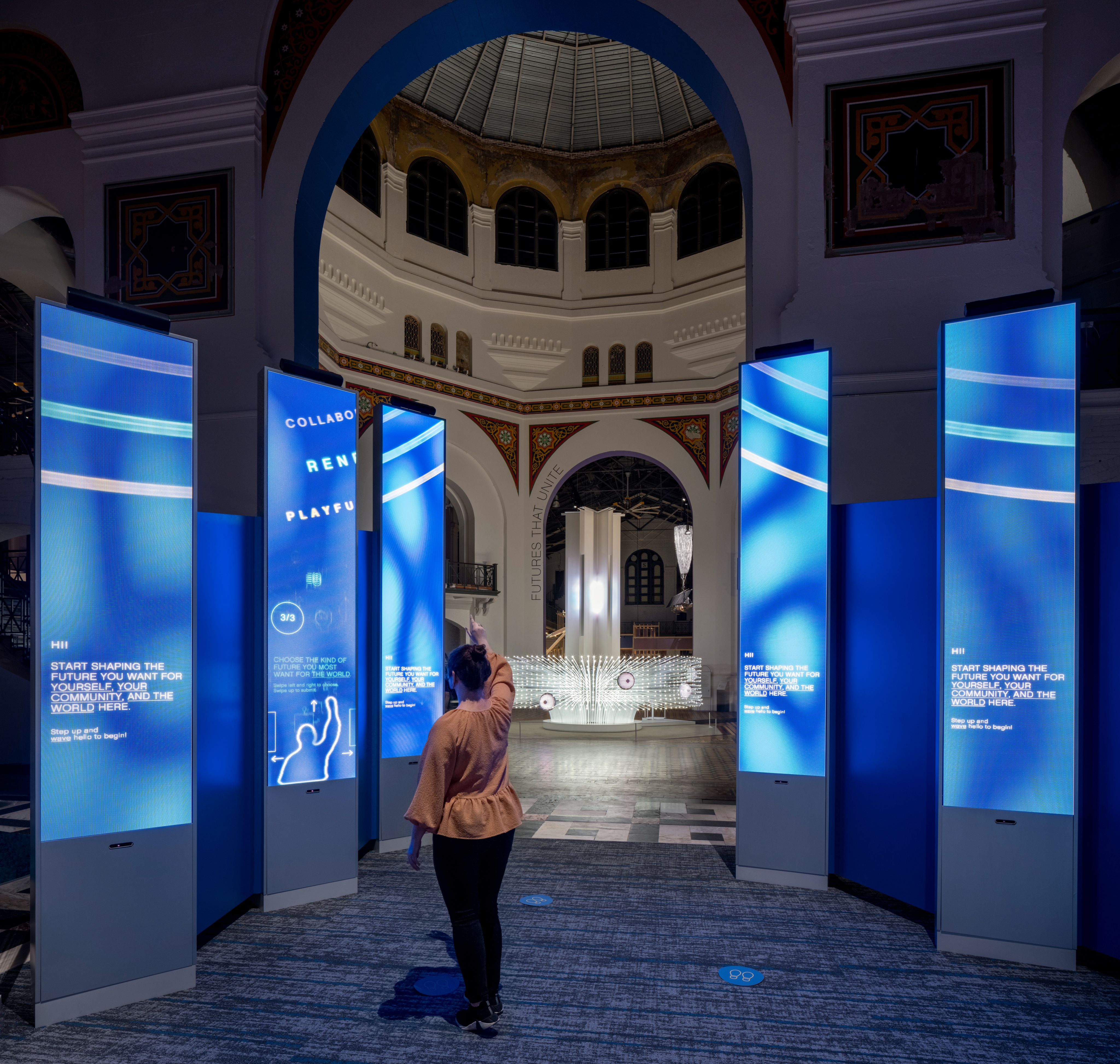
INFORMATION
‘Futures’, until 6 July 2022
Wallpaper* Newsletter
Receive our daily digest of inspiration, escapism and design stories from around the world direct to your inbox.
-
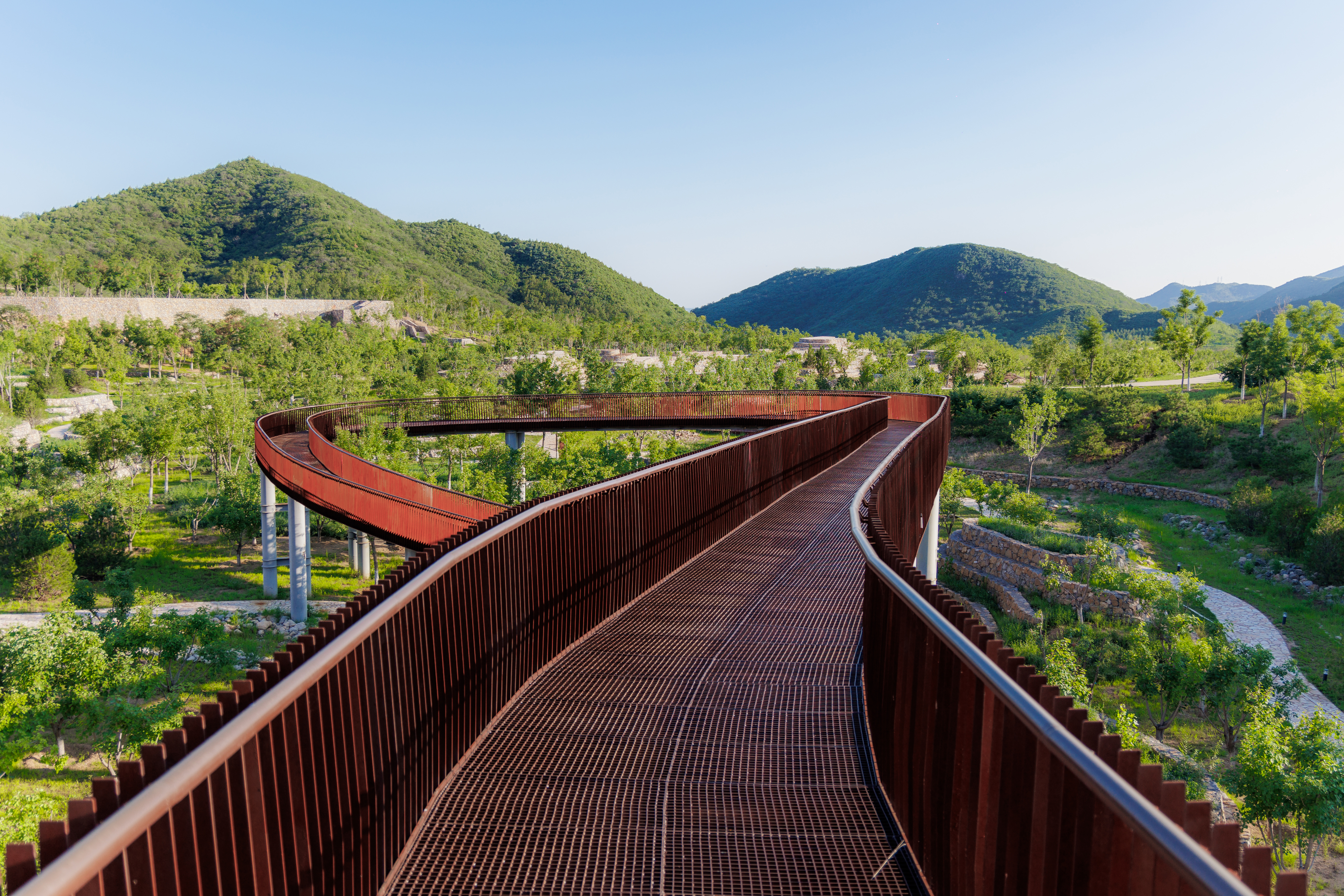 A Xingfa cement factory’s reimagining breathes new life into an abandoned industrial site
A Xingfa cement factory’s reimagining breathes new life into an abandoned industrial siteWe tour the Xingfa cement factory in China, where a redesign by landscape specialist SWA Group completely transforms an old industrial site into a lush park
By Daven Wu
-
 Put these emerging artists on your radar
Put these emerging artists on your radarThis crop of six new talents is poised to shake up the art world. Get to know them now
By Tianna Williams
-
 Dining at Pyrá feels like a Mediterranean kiss on both cheeks
Dining at Pyrá feels like a Mediterranean kiss on both cheeksDesigned by House of Dré, this Lonsdale Road addition dishes up an enticing fusion of Greek and Spanish cooking
By Sofia de la Cruz
-
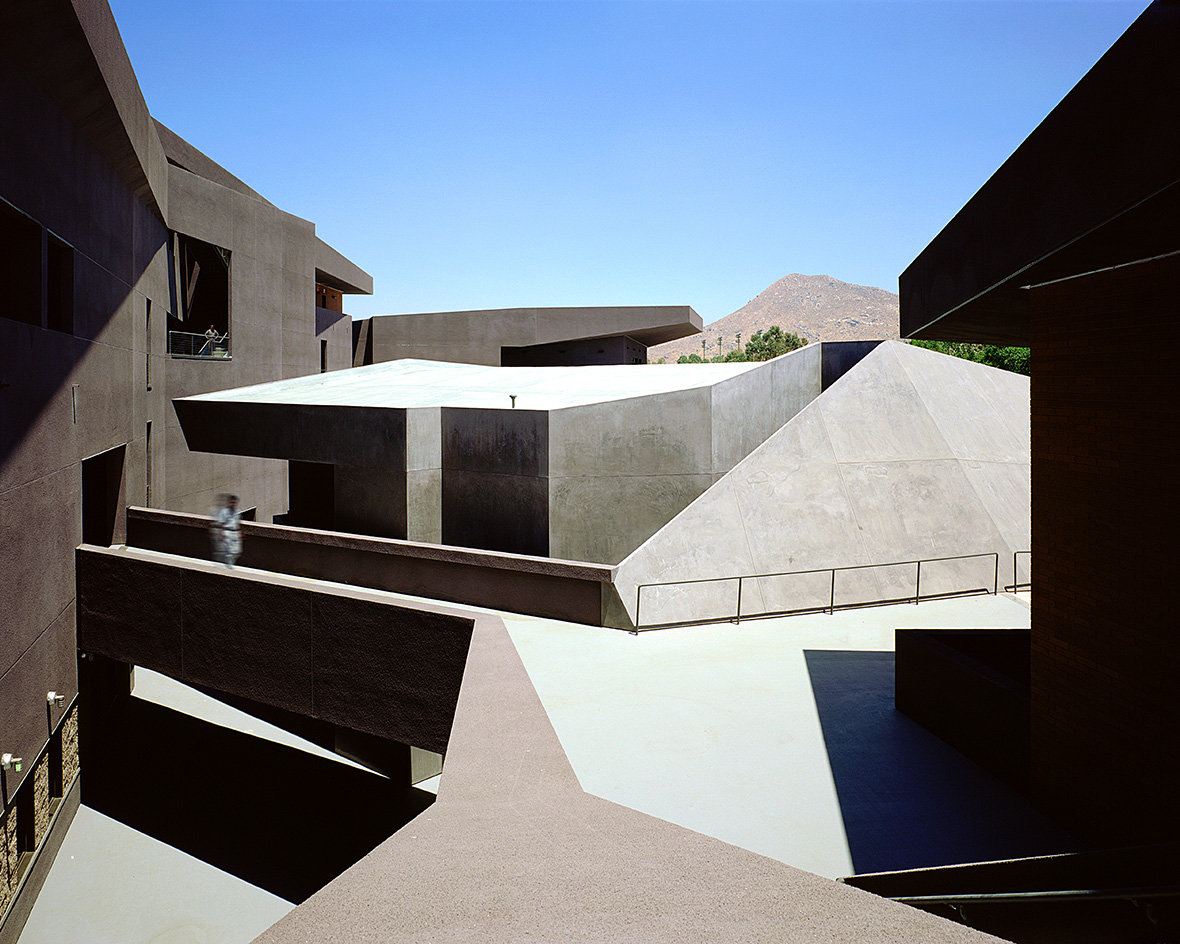 We explore Franklin Israel’s lesser-known, progressive, deconstructivist architecture
We explore Franklin Israel’s lesser-known, progressive, deconstructivist architectureFranklin Israel, a progressive Californian architect whose life was cut short in 1996 at the age of 50, is celebrated in a new book that examines his work and legacy
By Michael Webb
-
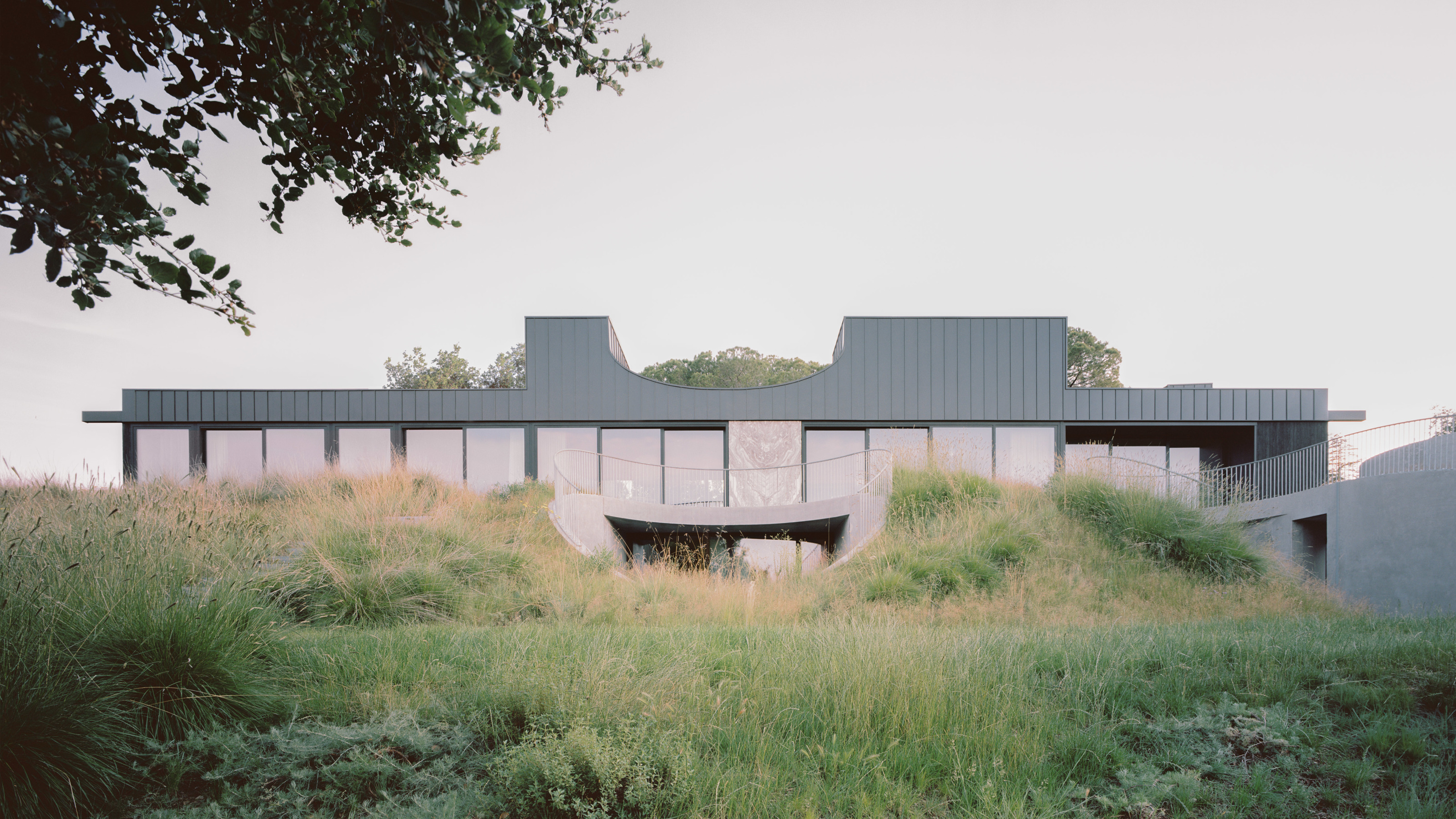 A new hilltop California home is rooted in the landscape and celebrates views of nature
A new hilltop California home is rooted in the landscape and celebrates views of natureWOJR's California home House of Horns is a meticulously planned modern villa that seeps into its surrounding landscape through a series of sculptural courtyards
By Jonathan Bell
-
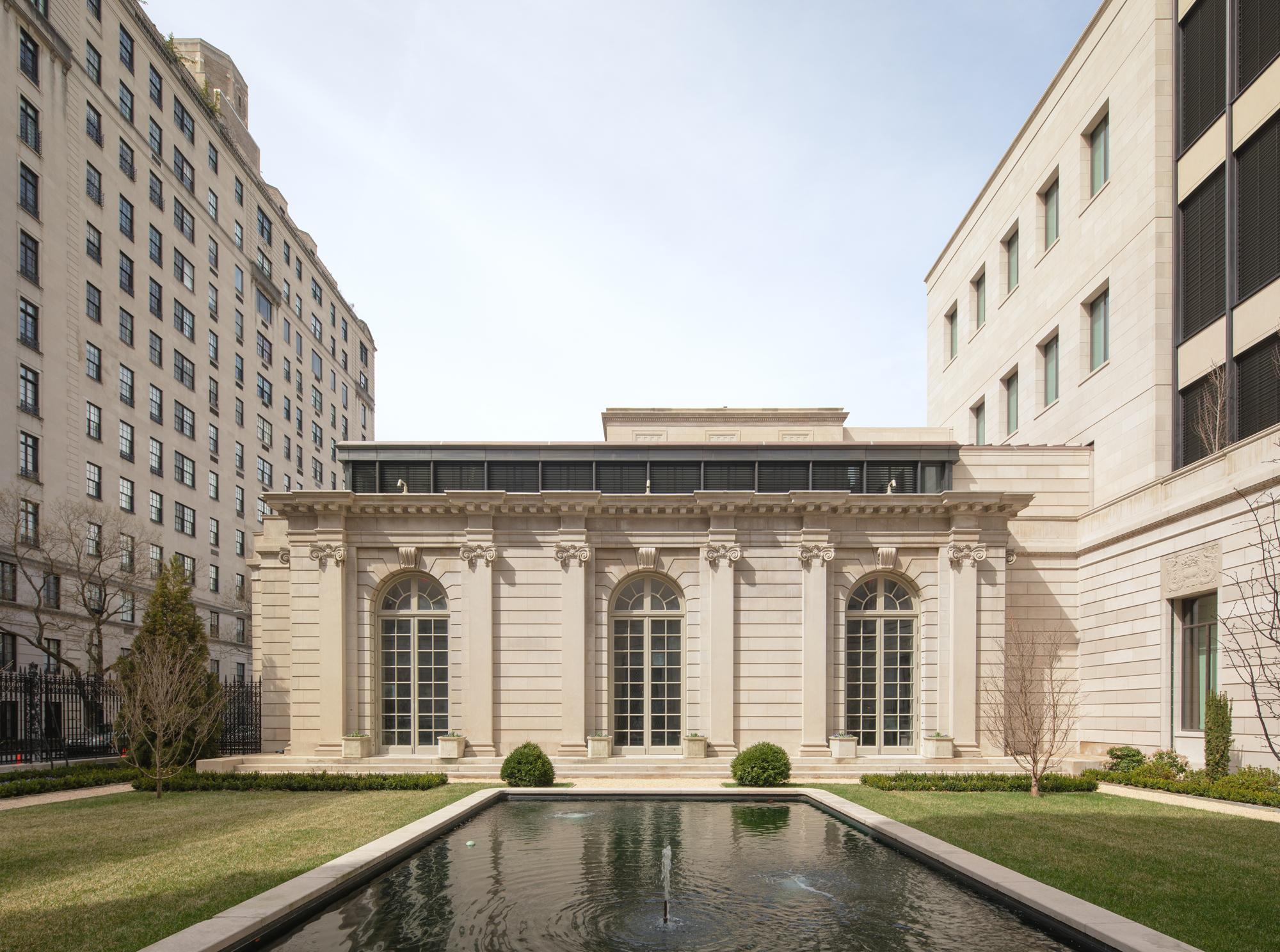 The Frick Collection's expansion by Selldorf Architects is both surgical and delicate
The Frick Collection's expansion by Selldorf Architects is both surgical and delicateThe New York cultural institution gets a $220 million glow-up
By Stephanie Murg
-
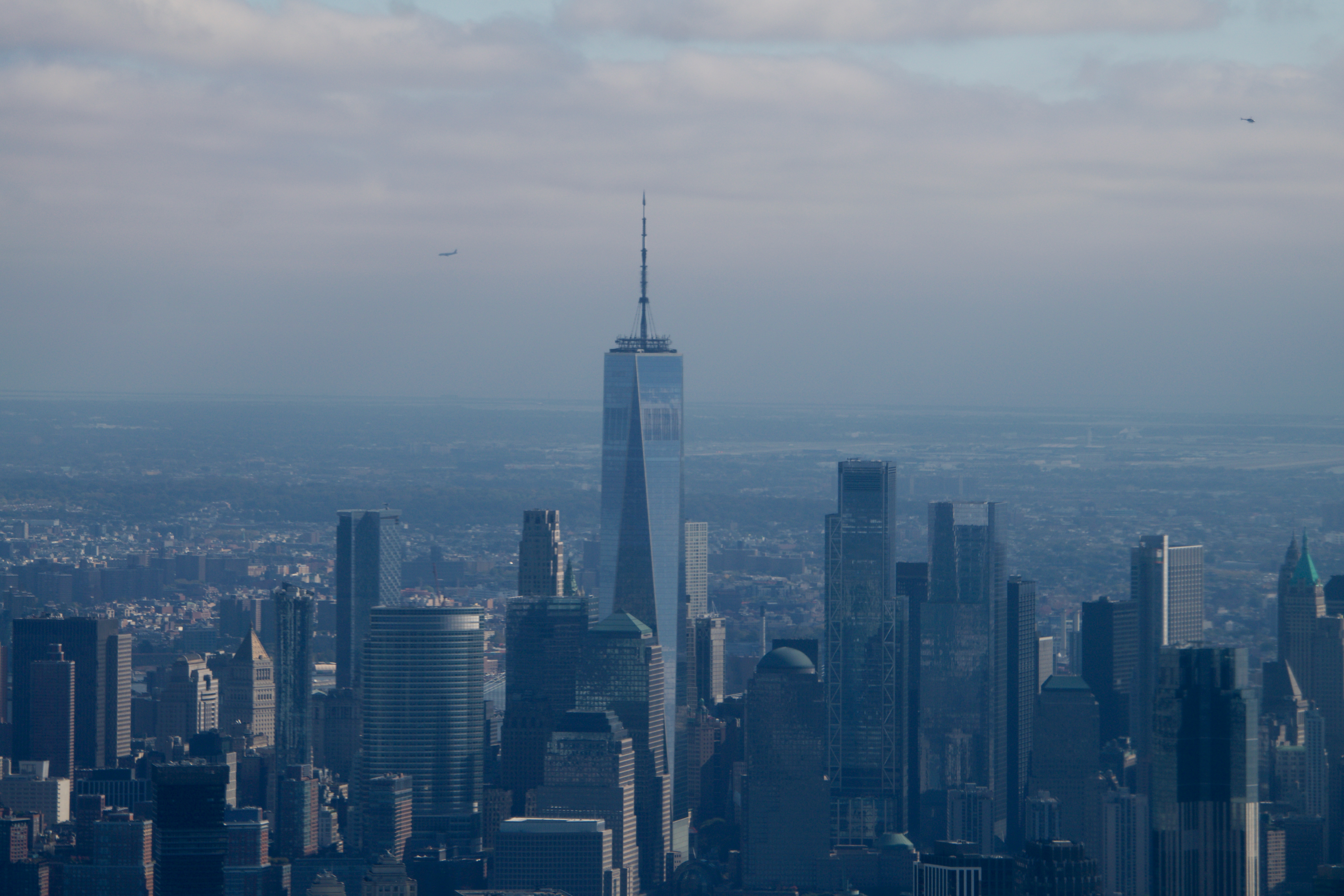 Remembering architect David M Childs (1941-2025) and his New York skyline legacy
Remembering architect David M Childs (1941-2025) and his New York skyline legacyDavid M Childs, a former chairman of architectural powerhouse SOM, has passed away. We celebrate his professional achievements
By Jonathan Bell
-
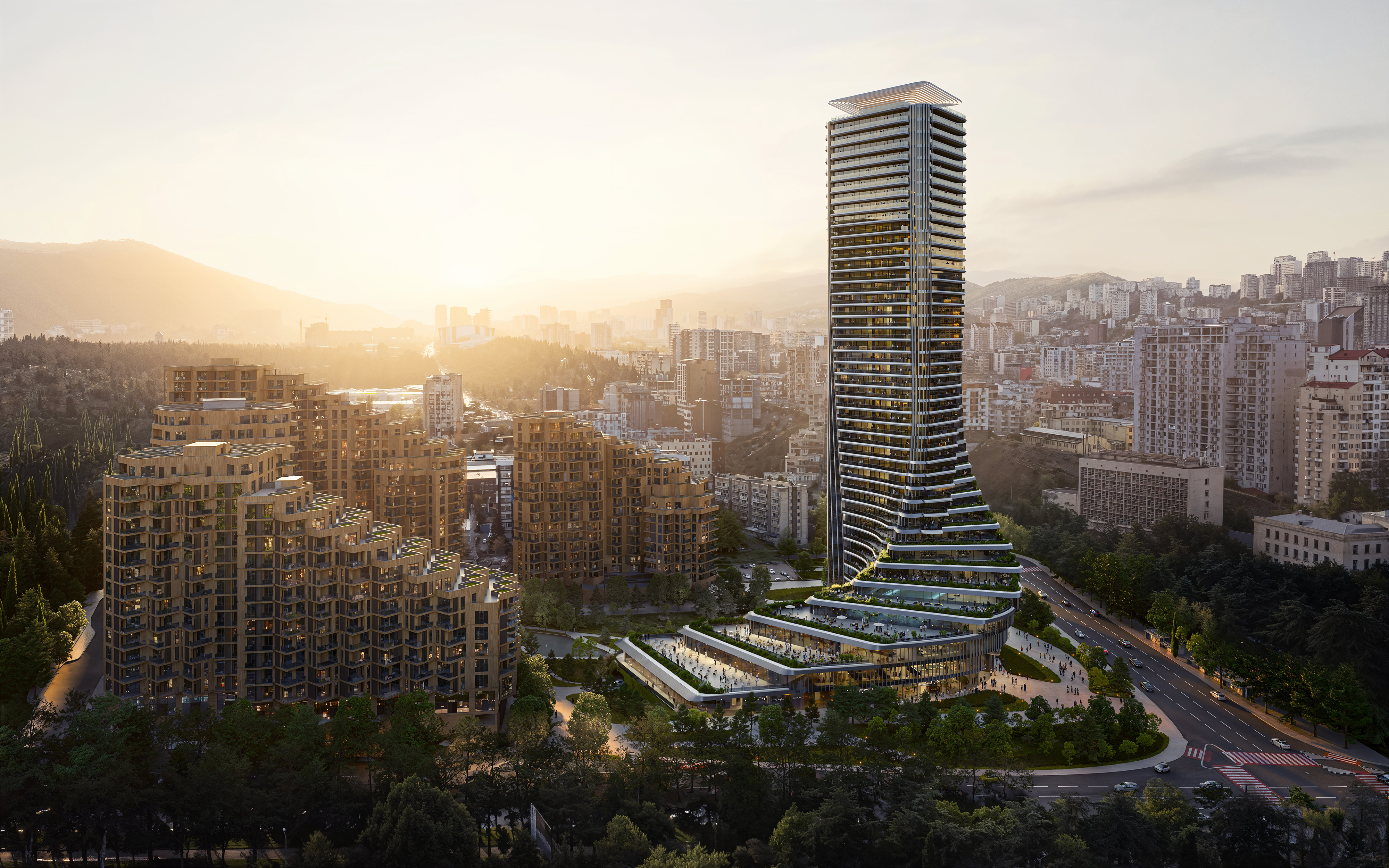 The upcoming Zaha Hadid Architects projects set to transform the horizon
The upcoming Zaha Hadid Architects projects set to transform the horizonA peek at Zaha Hadid Architects’ future projects, which will comprise some of the most innovative and intriguing structures in the world
By Anna Solomon
-
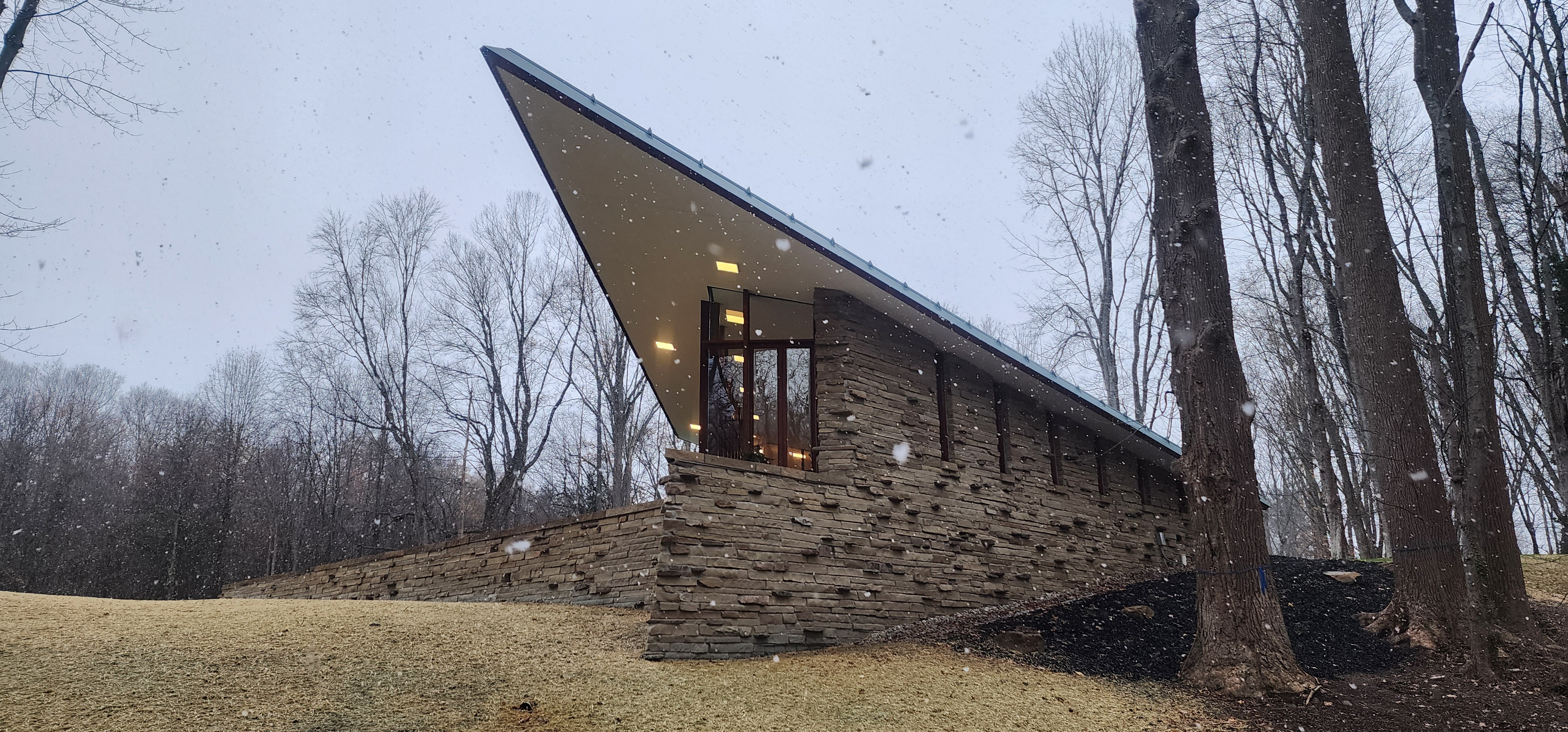 Frank Lloyd Wright’s last house has finally been built – and you can stay there
Frank Lloyd Wright’s last house has finally been built – and you can stay thereFrank Lloyd Wright’s final residential commission, RiverRock, has come to life. But, constructed 66 years after his death, can it be considered a true ‘Wright’?
By Anna Solomon
-
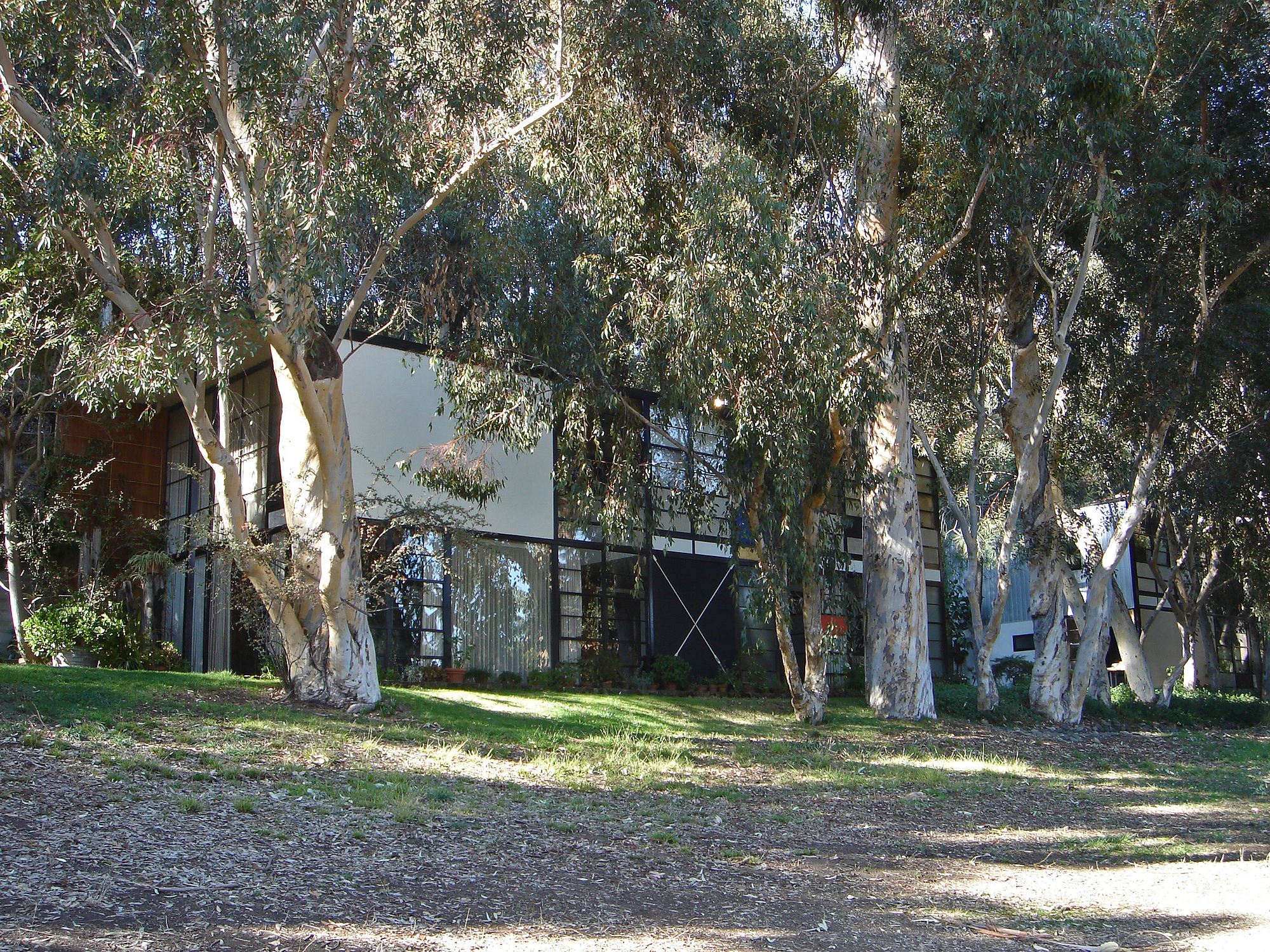 Heritage and conservation after the fires: what’s next for Los Angeles?
Heritage and conservation after the fires: what’s next for Los Angeles?In the second instalment of our 'Rebuilding LA' series, we explore a way forward for historical treasures under threat
By Mimi Zeiger
-
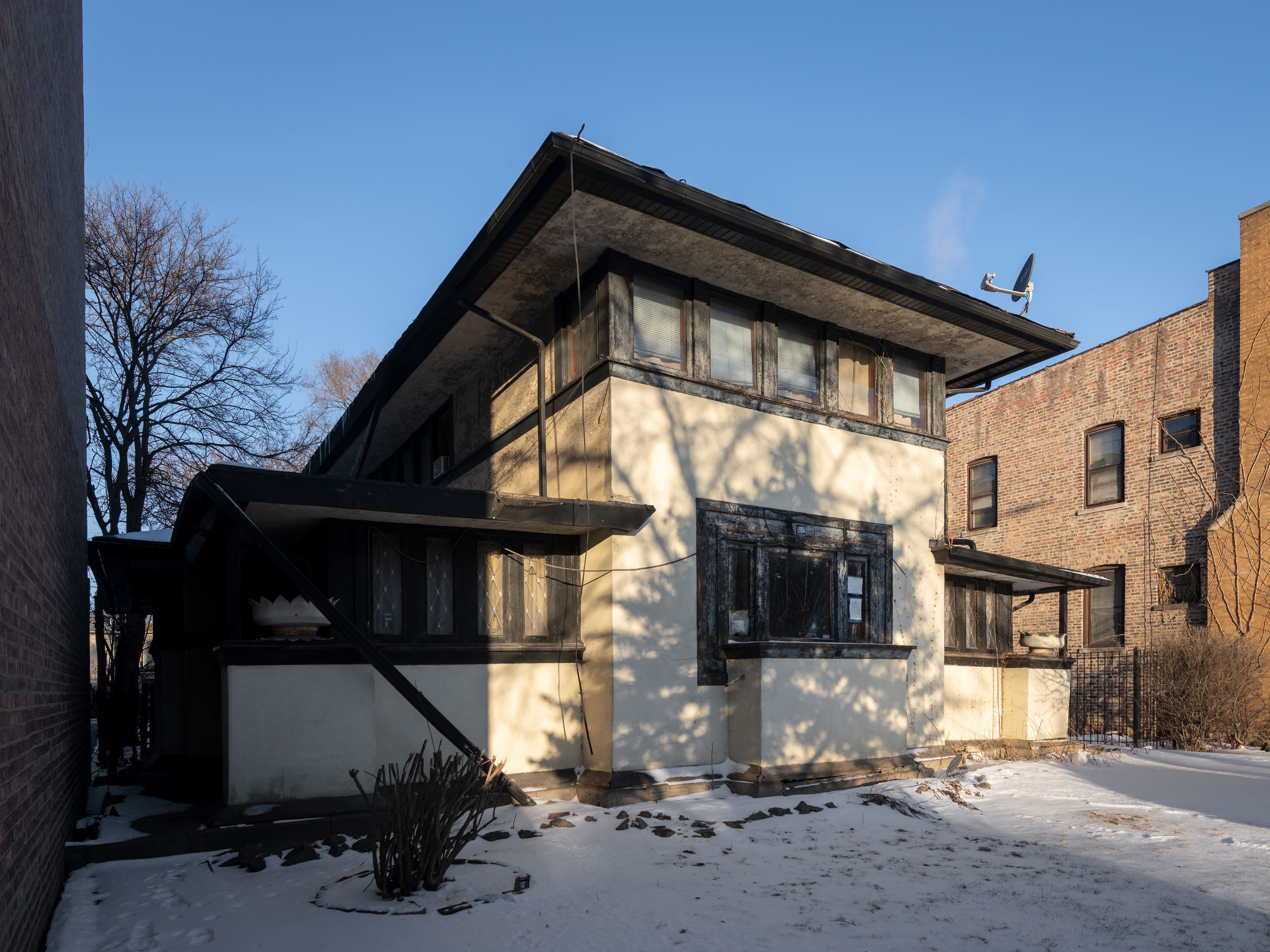 Why this rare Frank Lloyd Wright house is considered one of Chicago’s ‘most endangered’ buildings
Why this rare Frank Lloyd Wright house is considered one of Chicago’s ‘most endangered’ buildingsThe JJ Walser House has sat derelict for six years. But preservationists hope the building will have a vibrant second act
By Anna Fixsen